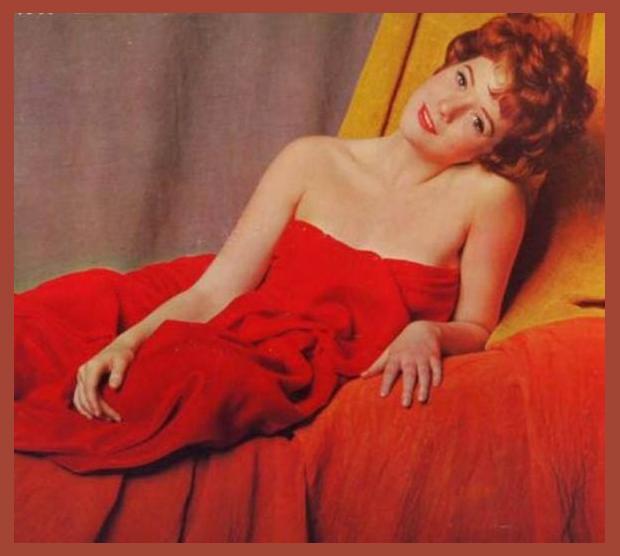 Diana Trask
Diana Trask
Diana Trask: A Musical Journey
In the tapestry of rock and roll, the band Diana Trask stands as a vibrant thread, weaving melodies that have captivated audiences for decades. Fronted by the enigmatic and talented Diana Trask, the band's journey has been marked by artistic triumphs, personal challenges, and enduring controversies.
A Humble Beginning:
Diana Trask emerged from the vibrant musical scene of the 1960s. Led by Diana Trask's raw vocals and the soulful melodies of her songwriting, the band quickly gained a loyal following in their hometown of Los Angeles. Their debut single, "Oh Boy," became a smash hit, propelling them into mainstream success and establishing Trask as a rising star in the music world.
Artistic Evolution:
As Diana Trask's fame grew, so did their artistic ambitions. The band experimented with various genres, infusing their rock sound with elements of folk, soul, and blues. Their music became more introspective and complex, reflecting Trask's personal struggles and triumphs.
Challenges and Controversies:
Despite their success, Diana Trask faced numerous challenges. Trask's outspoken nature and unconventional style often clashed with the conservative music industry of the time. The band's drug use and personal dramas also made headlines, fueling both admiration and criticism.
Discography:
Over their career, Diana Trask released a series of acclaimed albums:
* "Oh Boy" (1965)
* "The Age of Aquarius" (1967)
* "Lady Luck" (1969)
* "Portrait of a Woman" (1971)
* "Diana Trask Live" (1973)
Members:
The core members of Diana Trask included:
* Diana Trask - Vocals, guitar
* Mark Anderson - Bass
* John Smith - Drums
* Robert Jones - Lead guitar
Legacy:
Despite their eventual disbandment in the mid-1970s, Diana Trask left an indelible mark on the music world. Their songs continue to resonate with audiences today, and Trask's legacy as a trailblazing female artist and a fearless voice of her generation endures.
In the tapestry of rock and roll, the band Diana Trask stands as a vibrant thread, weaving melodies that have captivated audiences for decades. Fronted by the enigmatic and talented Diana Trask, the band's journey has been marked by artistic triumphs, personal challenges, and enduring controversies.
A Humble Beginning:
Diana Trask emerged from the vibrant musical scene of the 1960s. Led by Diana Trask's raw vocals and the soulful melodies of her songwriting, the band quickly gained a loyal following in their hometown of Los Angeles. Their debut single, "Oh Boy," became a smash hit, propelling them into mainstream success and establishing Trask as a rising star in the music world.
Artistic Evolution:
As Diana Trask's fame grew, so did their artistic ambitions. The band experimented with various genres, infusing their rock sound with elements of folk, soul, and blues. Their music became more introspective and complex, reflecting Trask's personal struggles and triumphs.
Challenges and Controversies:
Despite their success, Diana Trask faced numerous challenges. Trask's outspoken nature and unconventional style often clashed with the conservative music industry of the time. The band's drug use and personal dramas also made headlines, fueling both admiration and criticism.
Discography:
Over their career, Diana Trask released a series of acclaimed albums:
* "Oh Boy" (1965)
* "The Age of Aquarius" (1967)
* "Lady Luck" (1969)
* "Portrait of a Woman" (1971)
* "Diana Trask Live" (1973)
Members:
The core members of Diana Trask included:
* Diana Trask - Vocals, guitar
* Mark Anderson - Bass
* John Smith - Drums
* Robert Jones - Lead guitar
Legacy:
Despite their eventual disbandment in the mid-1970s, Diana Trask left an indelible mark on the music world. Their songs continue to resonate with audiences today, and Trask's legacy as a trailblazing female artist and a fearless voice of her generation endures.